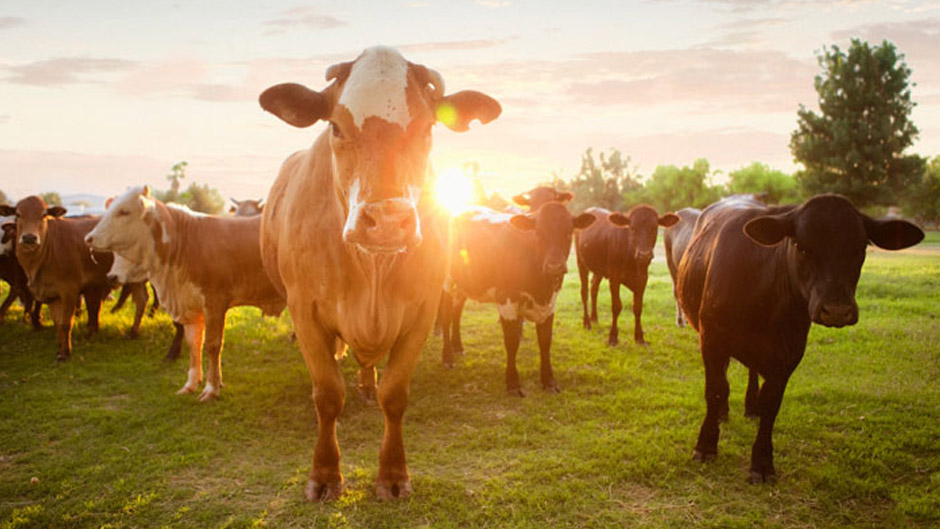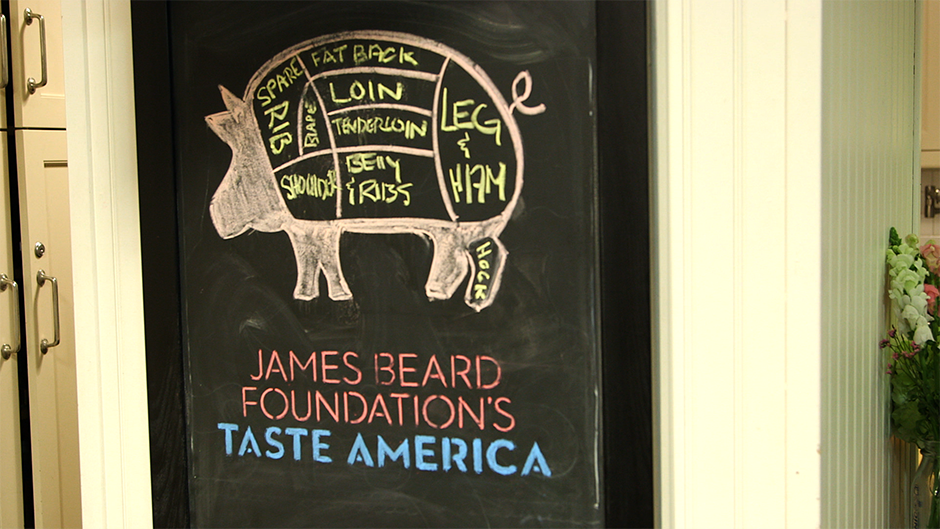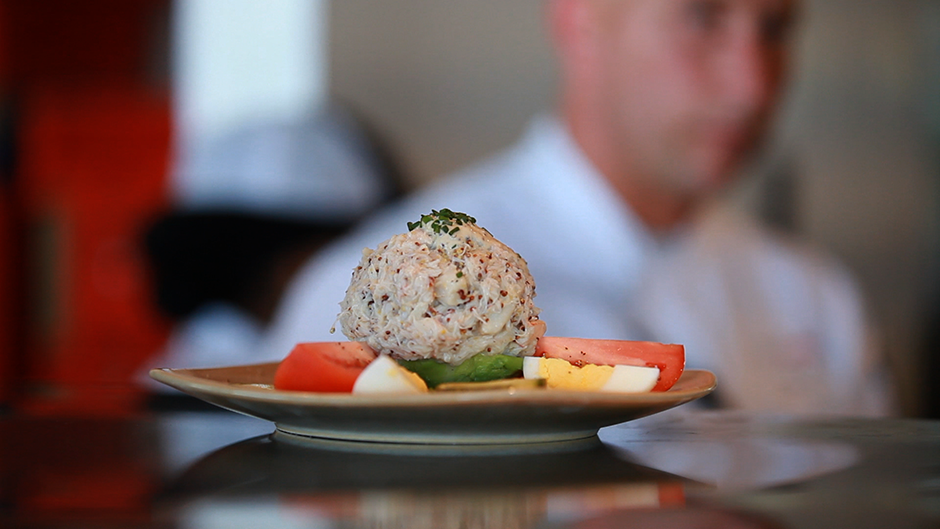I always try to remember that I am a part of the food chain.
My grandmother used to say you’ve got to eat a peck of dirt before you die. And I believe that as much as I believe that you are what you eat. And to take that one step further, I think you are what what you eat eats.
The worm always finds the healthy apple.
Growing up on a farm in Vermont, I learned early on the importance of good quality ingredients. My parents raised all of our own meat and much of our own produce, so I had no concept of “bad” ingredients until I was older. We didn’t grow tomatoes out of season so I had never tasted them before. When I did, I realized I didn’t want one again. Because my upbringing included incredibly good ingredients and an appreciation of natural cycles of growth, it made me understand how important it is to eat quality things that are fresh and natural. That sentiment impacts me every day as a chef.
What I eat has become a huge factor in how I feel. I have Rheumatoid Arthritis, which is an inflammatory autoimmune disease, and I’ve come to learn that food has a direct effect on my energy and my health. It’s simple: when I eat inflammatory foods, I feel worse, and I simply can’t afford not to feel well.
I think a lot of us feel dragged down or have illnesses that may not be directly caused by diet but they certainly are influenced by it. We are not paying enough attention to food as it relates to some of our health issues. What we eat can make us feel better physically and emotionally, because food should also be about joy. And I don’t mean blindly subscribing to a low-fat diet. I mean subscribing to the importance of natural ingredients, questioning some of the myths that we have come to accept as truths (such as realizing that fat is not always bad), and simply taking the time to educate ourselves on what we should be eating and how to eat it.
Good food costs a lot of money to make. That’s the reality.
There is no doubt that grass-fed beef is more expensive to raise. The farmers who choose to manage grass-fed farms don’t fatten their cattle using hormones, grains, and antibiotics. They allow the cattle to mature, to graze, and to exercise in open environments. This routine keeps them longer on the farm, reducing the number of opportunities to make money.
It makes sense, then, that in order to support these higher costs, farmers need to charge more for their meat. The higher cost in turn means there are only a select number of wholesalers and retailers who will carry the meat — those who know their customers can withstand the higher cost they will now need to charge. So now you’ve got a limited supply of good quality grass-fed meat being sold at selective locations to a smaller percentage of the population.
And consumers are making the decision between buying grass-fed or conventional beef basically based on taste and based on price, maybe availability too, but not as much. Personally I would argue that grass-fed tastes better, but I understand and concede that it’s an acquired taste. For those who think it is too gamey, the flavors can be truly enhanced by buying the right meat, performing a few quick techniques, and crafting the right recipes. So taste, for me, shouldn’t be a purchasing inhibitor.
So that leaves the decision with price. Grass-fed may be more expensive per serving, but it is also much healthier per serving. The fat in grass-fed meat is better than the fat in conventional beef. It’s not about being lower fat, it’s about it being a different kind of fat, one that is rich in omega-3 fatty acids. But consumers are not educated about these differences and so grass-fed beef is not recognized as a healthier alternative; it’s just known for being a more expensive choice or perhaps a more humane choice.
The problem with consumers choosing less-expensive, conventional meat is that they are unknowingly paying for it later in life when they develop new or additional health problems, and thereby incurring more and more healthcare costs. By eating foods rich in hormones, antibiotics, grains, and higher in omega-6 fatty acids, we are making a short-sighted choice based on the wrong economics.
A cornucopia of grass-fed dishes.
I am passionate about good food, good ingredients, and eating well. So I invited some friends over to my apartment in Brooklyn to enjoy some quality grass-fed beef and to talk about the correlations between food and health.






